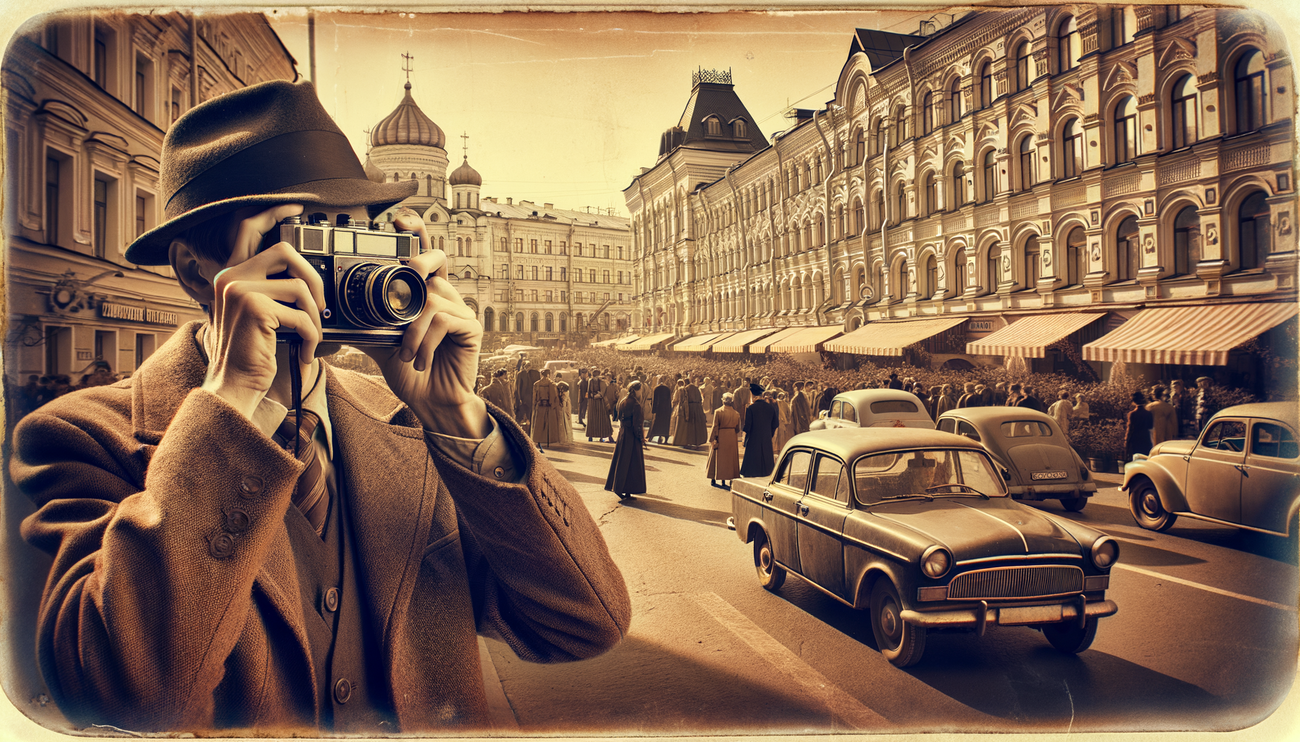
Soviet photography is not just a historical artifact but also a source of inspiration for modern artists and photographers. In this article, we will delve into the world of Soviet photography, exploring its features and influence on the perception of art across different eras.
Soviet photography originated in the early 20th century and has undergone many changes since then. Its development coincided with revolutionary events taking place in the country. The first Soviet photographs were characterized by expressiveness, aiming to capture reality and the lives of ordinary people.
During the 1930s, the active propaganda of socialist realism began. Documenting the lives of the working class elevated public consciousness and inspired many to create unique works. Photographers like Alexander Rodchenko and Evgeny Khaldei became symbols of this era, using their cameras to tackle social issues.
Photography became an important part of Soviet society. Besides documenting events and people's lives, it was used as a powerful propaganda tool. Frequently depicted were workers, production processes, and ceremonial events. These images became known for their pathos and became symbols of an entire era.
After World War II, Soviet photography continued to develop. New techniques and styles emerged. Classic black-and-white photographs and vibrant color shots became popular. Many photographers began experimenting with angles and composition, infusing new ideas into their artistry.
Despite the restrictions imposed by Soviet censorship, photographers continued to create, producing works that challenged official narratives. They utilized photography to articulate emotions that could not be expressed in words. Examples of such works can be found among masters like Vyacheslav Krajnov and Viktor Hokhlov.
Soviet photography played a vital role in shaping visual language. The secret to its allure lies in the emotional depth and ability to convey the mood of its time. Each frame tells a story about life, hopes, and dreams of people experiencing both tragic and joyful moments.
By the late 1980s, with the onset of perestroika, Soviet photography underwent further transformations. Photographers began to develop new styles, shifting their focus from ideology to individual experiences and personal narratives. This led to the emergence of an entirely new movement in photography that has not become obsolete to this day. By this time, several new names had also become prominent.
Modern photographers often look to the heritage of Soviet photography for inspiration. This is reflected in their works through characteristic Soviet-era techniques, such as author exhibitions, photo books, and documentary projects. Furthermore, many contemporary artists take on the task of exploring new ways to convey local history through the lens of Soviet visuality.
Photography created during the Soviet era still holds its place in contemporary art. It has had a long-lasting influence not only on the practice of other photographers but also on cultural programs and exhibitions worldwide. By drawing on these roots, modern photographers can create innovative works that reference the past while exploring the future.
Thus, Soviet photography is not merely a reflection of an era; it is a living memory of the human experience. It continues to inspire and hold significance for new generations, serving as a bridge between the past and the present. Exploring the secrets of Soviet photography opens new horizons for both professionals and enthusiasts alike.


